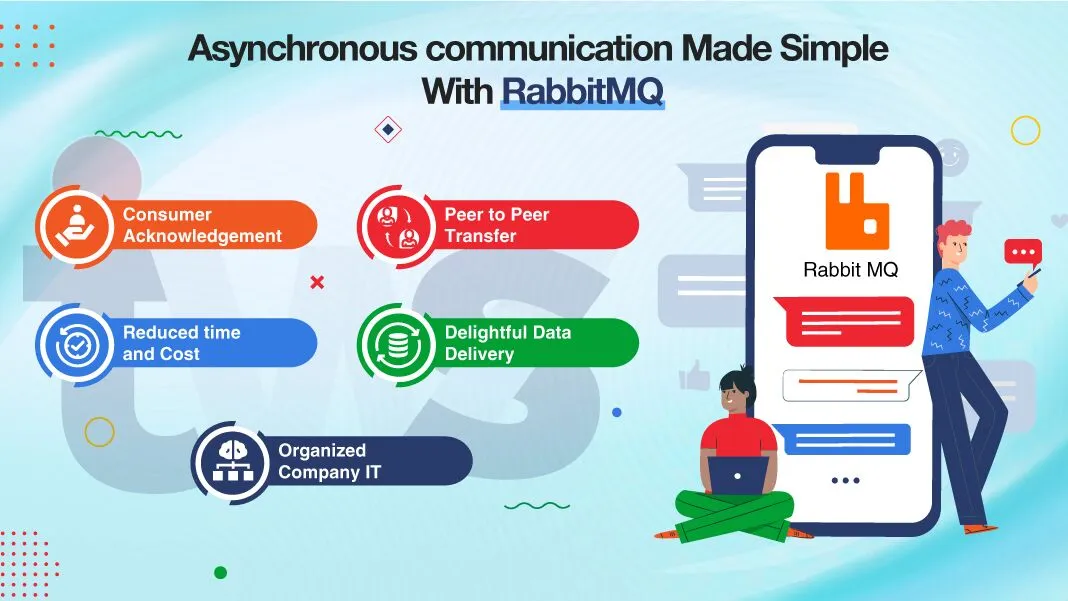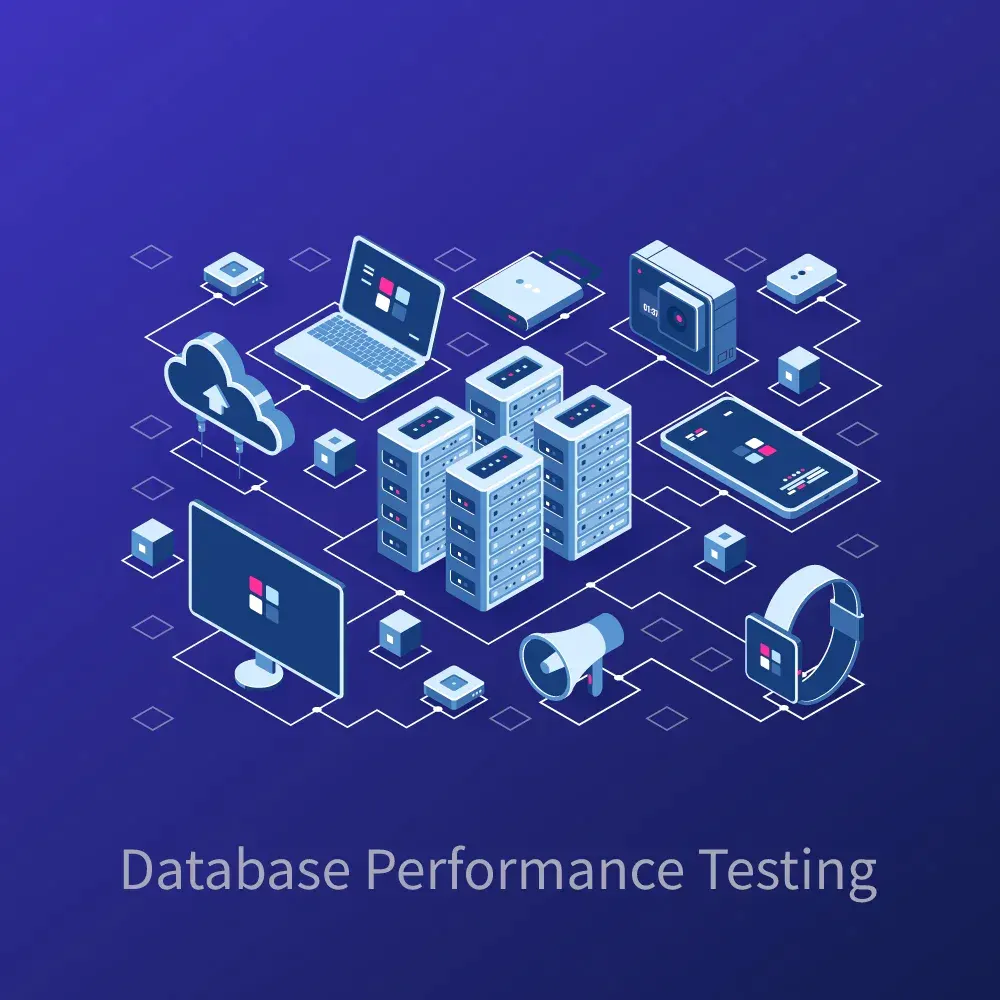In real time environment, Functionality breakdowns during load testing can occur for several reasons, and it’s crucial to understand these factors to effectively address and prevent such issues to avoid business losses and CalibreQA comes this technique to identify hidden root cause when system is in stress condition . Here are some common reasons why functionality breakdowns might happen during load testing:
Resource Constraints: Insufficient hardware resources, such as CPU, memory, or network bandwidth, can lead to functionality breakdowns. When the application is under a heavy load, resource utilization may exceed capacity, causing performance degradation or failures.
Concurrency Issues: In multi-user environments, race conditions and concurrency issues can emerge when multiple users or threads access shared resources simultaneously. These issues may not be apparent during functional testing but can surface under load.
Database Overload: Database queries and transactions are often a common source of performance bottlenecks. If the database becomes overloaded with concurrent requests, it can lead to slow response times, timeouts, or data corruption.
Thread or Connection Pooling Limits: Many applications use thread or connection pooling to manage concurrent user connections. If the pool size is insufficient to handle the load, it can lead to functionality breakdowns as users are unable to establish connections or execute transactions.
Third-Party Services: Applications often rely on external services or APIs. Performance problems with third-party services, including high response times or service outages, can impact the application’s functionality under load.
Inefficient Code: Inefficient code or algorithms can lead to performance bottlenecks. During load testing, these inefficiencies may become more pronounced and can result in functionality breakdowns.
Inadequate Load Balancing: In a distributed system, if load balancing is not properly configured, certain nodes or components may become overloaded while others remain underutilized. This can lead to uneven performance and functionality issues.
Memory Leaks:Memory leaks, where the application does not release memory properly, can accumulate over time and cause the application to crash or become unresponsive during load testing.
Software Bugs:Load testing can uncover latent software bugs that only manifest under heavy load. These bugs may include race conditions, deadlocks, or other issues that affect functionality.
Incorrect Assumptions:The load testing environment may not accurately reflect the production environment, leading to incorrect assumptions about system behavior. Differences in configurations, data volumes, or network conditions can impact functionality.
To address and prevent functionality breakdowns during load testing:
<br>Identify Bottlenecks: Use performance monitoring and profiling tools to identify performance bottlenecks, resource constraints, and areas of code that require optimization.</br>
Tune Configuration: Adjust configurations, such as database connection pool sizes, thread counts, and resource allocations, to better accommodate the expected load.
Optimize Code: Review and optimize application code and database queries to improve efficiency and reduce resource consumption.
Test Realistic Scenarios: Design load test scenarios that closely mimic real-world user behavior and usage patterns to ensure that the testing accurately represents production conditions.
Perform Scalability Testing: Assess the application’s ability to scale horizontally or vertically to handle increased loads.
Prioritize Critical Functions: Prioritize testing of critical or high-impact functions that must remain functional under heavy load.
Continuous Testing: Implement continuous performance testing to catch regressions early in the development process.
Functionality breakdowns during load testing are an essential part of identifying and mitigating performance issues. By addressing these issues proactively, organizations can ensure that their applications perform optimally under real-world conditions.
Let’s connection both Manual and Performance exercise parallel with CalibreQA experts.We know how we can make a reliable system for customer enteric approach.
Email Us for POC : poc@calibreqa.com








Leave feedback about this